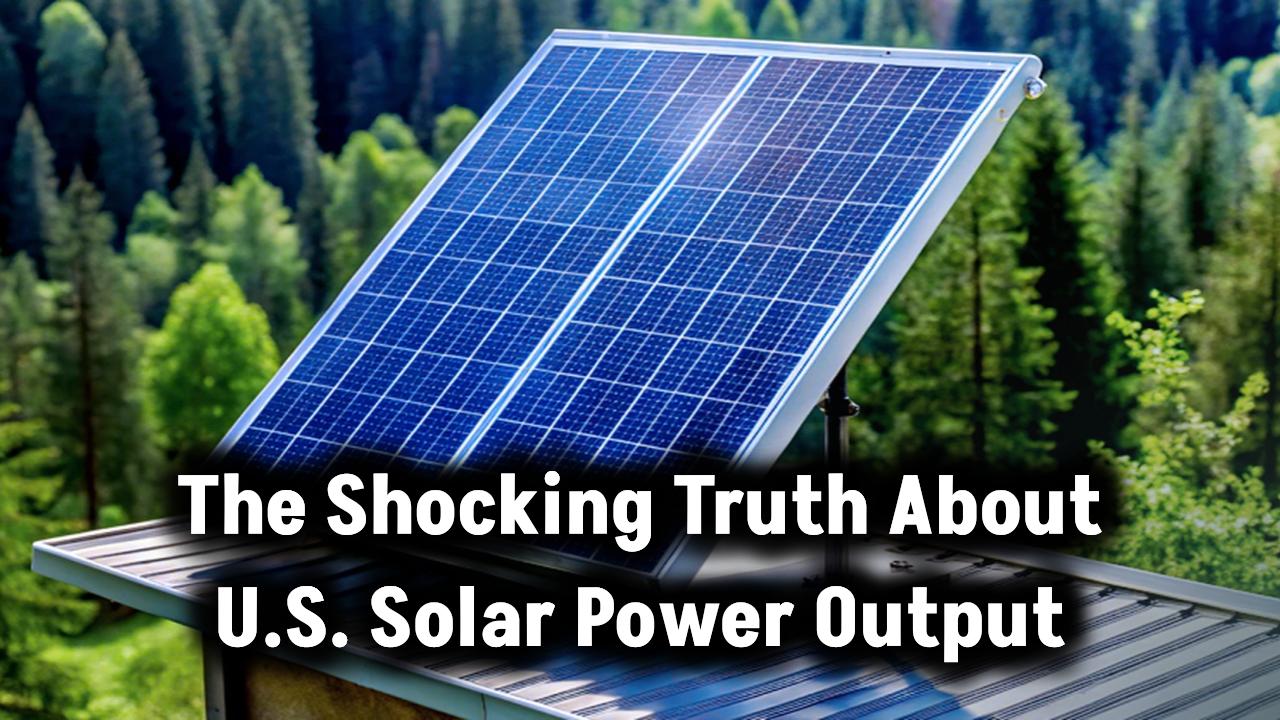
When it comes to the future of clean energy, green hydrogen and solar power are two of the most talked-about technologies. But there’s one big question floating around the energy world: Are these two energy sources competing for dominance, or are they better off working together? The truth is—these clean energy giants may be more powerful together than apart.
In this article, we’ll break down the roles of green hydrogen and solar energy, compare their strengths, and explain why their integration could shape the future of global energy. Whether you’re a student, a professional in renewable energy, or just curious about how the world will be powered tomorrow, this guide has you covered.
What Is Green Hydrogen?
Green hydrogen is a type of hydrogen fuel produced through electrolysis of water using renewable energy like solar or wind. The only by-product? Oxygen.
It’s called “green” because the process emits no greenhouse gases. This makes it a game-changer in the world of decarbonization.
Unlike grey or blue hydrogen (which are derived from natural gas or fossil fuels), green hydrogen is 100% clean, renewable, and increasingly seen as a bridge fuel for sectors that can’t run purely on electricity—like heavy manufacturing, aviation, or long-haul transport.
What Is Solar Energy?
Solar power, on the other hand, converts sunlight directly into electricity using photovoltaic (PV) panels or solar thermal systems. It’s everywhere—on rooftops, in deserts, powering homes, businesses, and even entire cities.
Solar energy is the fastest-growing source of renewable electricity worldwide. According to the International Energy Agency (IEA), solar PV capacity is set to more than quadruple by 2030 under current government policies.
So, what’s the catch?
Well, solar energy is intermittent—which means it only works when the sun shines. That creates a major challenge: how to store or repurpose excess energy when demand doesn’t match production.
Green Hydrogen + Solar
Let’s cut to the chase—these two aren’t rivals. They’re teammates. In fact, green hydrogen might be the perfect storage partner for solar power.
Here’s why this duo works so well:
Energy Storage Reinvented
One of the biggest weaknesses of solar energy is its limited capacity to store surplus power. When solar panels generate more energy than needed, that electricity can go to waste.
Enter green hydrogen. That excess solar electricity can be used to electrolyze water and create hydrogen. Now, instead of wasting energy, you’re turning it into a clean fuel that can be stored, transported, and used later—even at night or during cloudy seasons.
Cross-Sector Flexibility
Solar energy is great for electrifying homes and businesses, but green hydrogen reaches places solar can’t:
- Industrial processes (steel, cement, chemical manufacturing)
- Shipping and aviation
- Heavy-duty vehicles and long-distance trucks
- Grid backup and peaking power plants
With hydrogen, solar power becomes a multi-industry solution, not just a grid-based one.
Decarbonization at Scale
In sectors that are notoriously hard to decarbonize, green hydrogen offers a clean alternative—but it needs a cheap and abundant energy source to be viable.
And guess what fits that bill? Solar. Especially in sunny countries like India, Australia, the Middle East, and parts of the U.S., solar energy is so abundant that it can produce green hydrogen cost-effectively.
Global Projects That Are Pairing Solar and Hydrogen
Countries and companies are already combining these technologies to build the future of clean energy:
Australia: Western Green Energy Hub
This $70 billion project plans to combine 50 GW of solar and wind power to produce green hydrogen and ammonia for export. If successful, it will be one of the largest hydrogen hubs in the world.
India: National Hydrogen Mission
India aims to become a global hub for green hydrogen using its vast solar potential. Adani, Reliance, and other giants are investing billions in solar-powered hydrogen production to decarbonize industries and transportation.
Europe: Hydrogen Backbone and Solar Integration
The EU Hydrogen Strategy is focusing on green hydrogen created by renewable energy, especially solar from southern Europe and North Africa, to fuel the bloc’s energy transition.
Challenges to Watch Out For
While the promise is real, there are real-world barriers that need to be addressed:
Cost
As of now, green hydrogen is 2–4 times more expensive than hydrogen made using fossil fuels (according to BloombergNEF). That makes it less competitive unless subsidized or scaled rapidly.
However, costs are falling. The IEA projects that green hydrogen could become competitive by 2030 with advances in electrolyzer technology and cheaper solar power.
Infrastructure
To use hydrogen at scale, we need massive infrastructure investments—pipelines, storage tanks, fueling stations, and safe transport systems.
Without that, even the best hydrogen plans might never get off the ground.
Regulatory Frameworks
Governments need to build consistent policies that support the green hydrogen economy—whether through tax incentives, carbon pricing, or public-private partnerships.
Where Do They Compete?
Technically, green hydrogen and solar do compete for investment and subsidies in some cases. If you’ve only got one dollar to spend on clean energy, which technology gets it?
But increasingly, that’s a false choice. They’re stronger together—and the real competition is between clean energy and fossil fuels, not between solar and hydrogen.
Analyst Price Targets for Sunrun (RUN) – Is $40 Possible Again?
How Green Energy Policies in Europe Are Fueling Solar Stock Growth
(FAQs)
Q1. Is green hydrogen better than solar energy?
Not really—it’s not a competition. They serve different but complementary roles. Solar provides immediate electricity, while hydrogen stores and transports that energy for long-term or industrial use.
Q2. Can I use hydrogen to power my home?
Technically yes, but it’s not common yet. Most home energy needs can be met by solar panels and batteries. Hydrogen is more useful for industrial-scale or heavy-duty energy needs.
Q3. What’s the biggest hurdle for green hydrogen?
Cost and infrastructure. While solar panels are now cheap and everywhere, green hydrogen production still needs to scale up and get cheaper.
Q4. Is green hydrogen 100% clean?
Only if it’s made using renewable electricity like solar or wind. Otherwise, hydrogen from fossil fuels (grey or blue) still contributes to carbon emissions.









